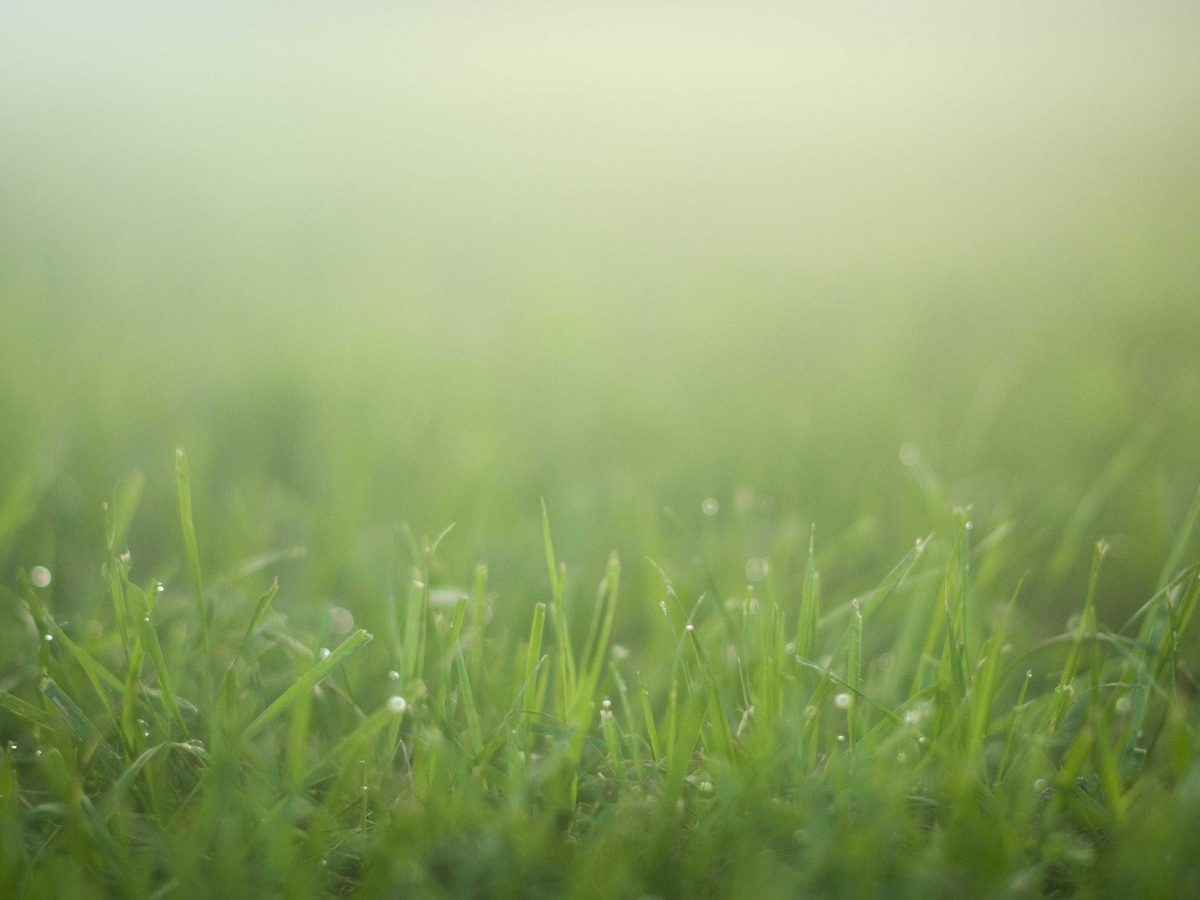Frequently Asked Questions

-
During growing season, all grass needs a minimum of one inch of water per week.
-
Use a rain gauge or a marked container, place it where it catches the very last of the sprinkler and when It fills up, stop watering, move sprinkler to the next area and begin the process again. You can also time it and that way you do not have to continually move the rain gauge.
-
All of our applications need to be watered in to work properly. Please allow 14 days for the chemicals to work and if you still have weeds, let us know.
-
Yes, once it is watered in you can cut the grass. If your lawn was treated with a fertilizer application, very little of the chemical will actually be cut away because the pellets are so small. The fertilizer falls directly to the ground. The main concern, if you have not watered it in or it has not rained, would be that some of the weeds present may not die because the chemical has not had enough time to work through the plants system.
-
We use chemicals that are environmentally safe. We have never experienced a problem with children or animals being harmed by the products that we use.
-
We use a protein dye that is photodegradable (which means that it will fade in strong sunlight). It will normally wash out with soap and water.
-
The blue color is used as a tool to help the technician see where they have sprayed to ensure even coverage and allow the customer to visualize the area treated.
-
The dye is only used for the liquid applications such as pre-emergent and/or post- emergent. Those applications are normally applied 4 times during the year where the entire lawn is sprayed blue. You will notice spots of blue during the other applications which are applied to weeds that are popping up in the lawn.
-
If the application was a pre-emergent, then the color will look darker around the edges of the lawn where they out-lined the property and then the stripes/lines are from where they over-lapped the chemical while spraying the lawn. If it was a fertilizer or lime application, the blue spots are from where the technician sprayed the weeds in the lawn. If your lawn is Fescue, then it is usually not treated with the same chemicals as Bermuda or Zoysia, therefore, it will not have a blue tint. We suggest that you take a wet paper towel and wipe it over the area in question and it should have blue on it, unless it is fescue, new sod or a newly seeded area.
-
It can take up to 14 days for the chemical to work and some chemicals can take up to 3 weeks. Some weeds will require a repeat treatment and the tech will make a note of the issue so we can return and address the problem. Some of the weeds may have to be mowed before they go away. Some of the chemicals we use are growth inhibitors which work differently.
-
Mushrooms are a fungus. Unfortunately, we do not have a guaranteed treatment for mushrooms. Some methods that may help are raking your grass clippings in that area, dethatching your lawn or replacing old mulch to reduce the decaying organic material that encourages mushrooms to grow in lawn.
-
This question usually occurs in the fall after the first frost and what you are seeing is the damage from the frost. It can also occur during the mowing season because they have mowed at the same height, same direction and they are cutting the new growth or "green". We ask of you to lower your blades a couple of notches, cut one time and then raise them back up. This normally solves the problem.
-
When to mow depends on the grass height, weather, etc. Typically in the Mid South that occurs in mid to late spring once the weather has started to warm up. The first mowing should be done at the lower setting on the mower and the grass clippings should be bagged.
-
The last mowing should be done before the grass goes dormant and should be mowed at the highest setting on the mower. Typically in the Mid South the grass goes dormant in the mid to late fall.
-
We do recommend that you only bag the grass clippings during the first mow of the season and then after the first mow, you should use a mulching mower and leave the grass clippings as an organic source of food for grass.
-
Click here to see how a lawn should look if it was just cover sprayed. If this is right after a pre-emergent application, this is how it is suppose to be. The uneven color is from where the lawn tech overlapped his passes. If this occurs when we are fertilizing, a service call may be needed. Call our office to schedule an appointment so we can check and correct the problem if necessary.
